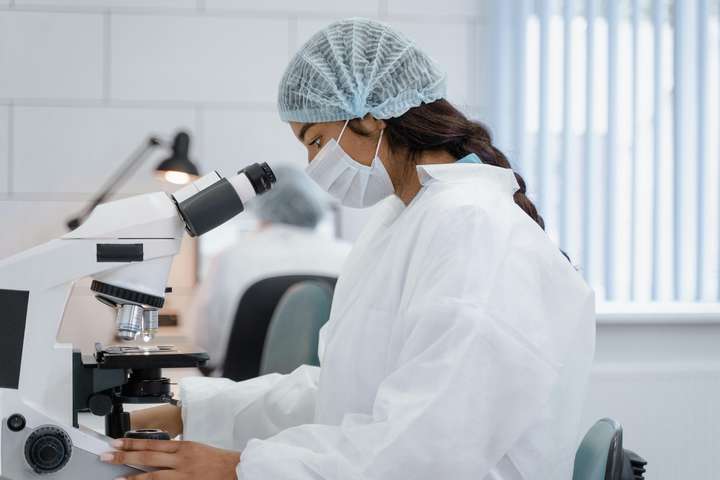From diagnostic tools to therapeutic implants, medical devices have a long history of improving medical care.

- Diagnostic devices like X-ray machines and blood glucose meters aid in the detection and monitoring of medical conditions.
- Therapeutic devices such as pacemakers and insulin pumps help manage and treat chronic diseases.
- Surgical instruments and equipment, such as scalpels and endoscopes, are essential for performing surgeries.
- Monitoring devices like continuous glucose monitors enable real-time tracking of patient health parameters.
- Rehabilitation and assistive devices improve quality of life and restore functionality for patients with disabilities or chronic conditions.
Driven by advancements in technology, innovation in design, and the growing demands of clinical practice, medical devices evolved to improve patient care and outcomes.
Early Innovations in Medical Devices
The evolution of medical devices can be traced back to ancient civilizations, where rudimentary tools and instruments were used for medical purposes. Significant advancements in medical device technology began in the 19th and early 20th centuries. In the 19th and early 20th centuries, new devices like the stethoscope, thermometer, and X-ray machine transformed medical care. They also laid the foundation for modern medical device technology. These devices revolutionized the practice of medicine. Using these medical devices, clinicians could diagnose and treat diseases with greater accuracy and efficiency.
Technological Advancements and Innovation
In recent decades, medical devices evolved to new heights thanks to rapid advances in technology. Today’s medical devices are more sophisticated, versatile, and capable than ever before. The miniaturization of medical devices enabled the development of smaller, lighter, and more portable devices with enhanced capabilities. Miniaturized devices allow for less invasive procedures, which reduces patient discomfort and recovery times. Portable and wearable medical devices, such as wearable fitness trackers and continuous glucose monitors, empower patients to take proactive steps to manage chronic conditions. The integration of advanced technologies, such as sensors, microchips, and wireless connectivity, into medical devices, enables remote monitoring, telemedicine, and personalized healthcare delivery.
ERP Software for Medical Devices
Enterprise Resource Planning (ERP) software is a game-changer for medical device manufacturers. Medical device ERP software streamlines operations and improves efficiency throughout the product lifecycle. ERP systems integrate core business functions such as manufacturing, inventory management, quality control, and regulatory compliance into a centralized platform, providing real-time visibility and control over operations. For medical device manufacturers, this means enhanced resource allocation, reduced costs, and faster time-to-market for new products. ERP software tailored for the medical device industry offers specialized features such as traceability, batch tracking, and validation, ensuring compliance with stringent regulatory standards such as FDA regulations. By automating routine tasks and providing actionable insights, ERP systems enable medical device manufacturers to optimize their processes, mitigate risks, and ensure product quality and safety.
Future Trends and Challenges
Looking into the future, medical devices hold immense promise for further innovation and advancement. Emerging technologies such as 3D printing, nanotechnology, and bioelectronics may revolutionize the design and manufacturing of medical devices. Medical devices in the future may provide personalized, minimally invasive, and targeted therapies. With the rise of telemedicine and remote monitoring technologies, medical professionals can expect increasing demand for wearable devices, home-based diagnostic tools, and remote patient monitoring systems. The rapid pace of technological innovation also presents challenges for the medical device industry. These challenges include regulatory hurdles, cybersecurity risks, and ethical considerations. Striking a balance between innovation and patient safety is critical as the industry continues to push the boundaries of what is possible with medical device technology.
Conclusion
Technological advancements, innovation, and the growing demands of healthcare delivery shaped the evolution of medical devices from the 19th century to today. These devices continue to transform the practice of medicine and revolutionize patient care. As professionals look to the future, they can expect rapid advancement in medical device technology. Innovations in medical device technology promise better patient outcomes. These devices also enhance efficiency and drive innovation in healthcare delivery. However, with these innovations also come new challenges to patient privacy and security. Medical professionals can embrace these advancements and experience improved patient outcomes, diagnostic methods, and healthcare delivery.

